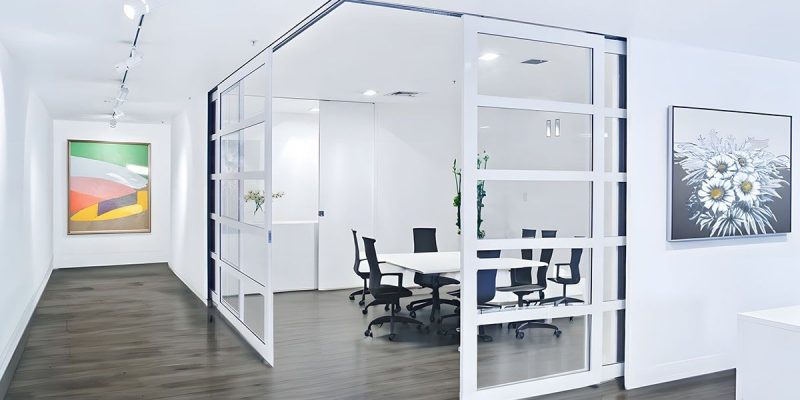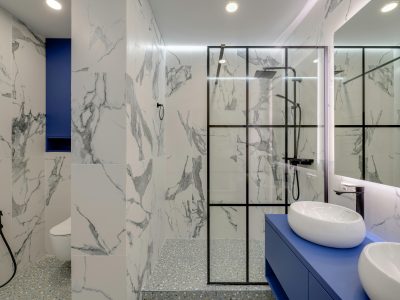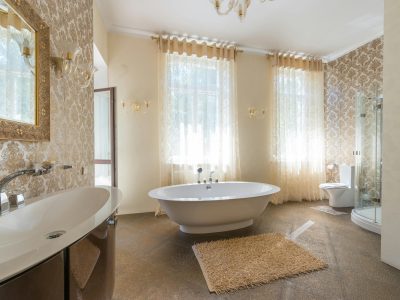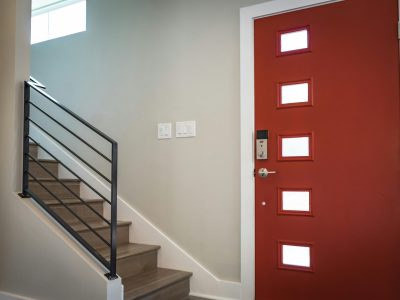Cavity sliders are a popular choice for modern homes and commercial spaces, offering a sleek and space-saving solution to traditional hinged doors. These sliding doors disappear into a cavity within the wall when opened, creating a seamless transition between spaces. While cavity sliders are versatile, choosing the right door type is essential to ensure functionality, aesthetics, and durability. In this guide, we’ll explore the door types that work well with cavity sliders and their specific features, materials, and design options.
1. Timber Doors
Timber doors are a classic and highly versatile option for cavity sliders. Available in solid wood or engineered timber, these doors are durable, customizable, and suitable for a range of interior styles.
- Advantages:
- Can be painted or stained to match the decor.
- Provide excellent insulation for sound and temperature.
- Available in a variety of designs, from simple panels to intricate carvings.
- Best Uses:
Timber doors are ideal for bedrooms, living rooms, or office spaces where privacy and sound insulation are important.
2. Glass Doors
Glass doors are a stylish and contemporary choice for cavity sliders, often used to maximize natural light and create a sense of openness.
- Types of Glass:
- Clear Glass: Ideal for spaces where transparency is desired, such as offices or between living and dining areas.
- Frosted or Etched Glass: Provides privacy while allowing light to pass through, making it suitable for bathrooms or bedrooms.
- Tinted Glass: Adds an extra layer of privacy and can enhance the aesthetic of modern interiors.
- Advantages:
- Visually expands spaces by letting in light.
- Easy to clean and maintain.
- Best Uses:
Glass doors are perfect for offices, bathrooms, or any area where natural light is a priority.
3. Flush Doors
Flush doors have a smooth and flat surface, making them a minimalist and modern option for cavity sliders. These doors are typically constructed from a wooden core covered with a veneer or laminate.
- Advantages:
- Lightweight and easy to operate.
- Available in various finishes, including wood grain, glossy, or matte surfaces.
- Affordable compared to other options.
- Best Uses:
Flush doors work well in modern homes, offices, or areas where simplicity and functionality are preferred.
4. Panel Doors
Panel doors consist of a frame with one or more panels inset into it. These doors add a classic or traditional touch to interiors while being compatible with cavity sliders.
- Design Options:
- Single-Panel or Multi-Panel: Offers different levels of detail and visual interest.
- Raised or Recessed Panels: Create depth and texture.
- Advantages:
- Suitable for both traditional and transitional interiors.
- Durable and robust.
- Best Uses:
Panel doors are ideal for spaces like bedrooms, dining rooms, or entryways where aesthetics are important.
5. Bifold Doors (Adapted for Cavity Sliders)
While traditional bifold doors fold open, they can be adapted for cavity sliders by converting one side to slide into the wall cavity. This option combines functionality with a unique look.
- Advantages:
- Allows for wider openings.
- Flexible and can be tailored to fit non-standard spaces.
- Best Uses:
Ideal for closets, wardrobes, or expansive living areas where you want the option to open up the space completely.
6. Metal Doors
Metal doors, typically made of aluminum or steel, are a durable and industrial-style option for cavity sliders. These doors are especially useful in high-traffic areas or commercial applications.
- Advantages:
- Strong and long-lasting.
- Low-maintenance and resistant to damage.
- Can be powder-coated or anodized in various colors and finishes.
- Best Uses:
Metal doors are often used in offices, kitchens, or spaces requiring a modern, industrial aesthetic.
7. Louvered Doors
Louvered doors have horizontal slats that allow for ventilation while maintaining privacy. They’re a functional and stylish choice for cavity sliders.
- Advantages:
- Improves airflow between spaces.
- Adds texture and interest to the door design.
- Best Uses:
Ideal for utility rooms, closets, or areas where ventilation is essential, such as laundry rooms or pantries.
8. Barn-Style Doors
While barn doors are typically surface-mounted, barn-style doors can be adapted to work with cavity sliders. These doors offer a rustic, farmhouse-inspired look.
- Advantages:
- Adds character and warmth to interiors.
- Available in reclaimed wood for a sustainable option.
- Best Uses:
Perfect for spaces with rustic or industrial decor, such as kitchens, dining areas, or living rooms.
9. Acoustic Doors
Acoustic doors are designed to minimize sound transmission, making them a practical option for cavity sliders in areas where sound insulation is critical.
- Features:
- Thick core construction.
- Sealed edges to reduce sound leakage.
- Advantages:
- Provides exceptional soundproofing.
- Ensures privacy in home offices, media rooms, or bedrooms.
- Best Uses:
Acoustic doors are ideal for areas where noise control is important, such as recording studios or office spaces.
10. Hybrid Doors (Mixed Materials)
Hybrid doors combine two or more materials, such as wood and glass, to offer both functionality and aesthetic appeal. For example, a timber-framed door with frosted glass panels blends privacy with light transmission.
- Advantages:
- Customizable to suit specific design needs.
- Offers a balance of durability and style.
- Best Uses:
Hybrid doors are versatile and work well in most spaces, including living rooms, bedrooms, and bathrooms.
Considerations for Choosing Door Types for Cavity Sliders
When selecting a door type for your cavity slider, consider the following:
- Space Requirements: Ensure the door fits into the wall cavity without compromising structural integrity.
- Weight: Heavier doors may require reinforced tracks and hardware.
- Aesthetics: Match the door’s design with the overall decor of your space.
- Purpose: Think about the door’s functionality, such as sound insulation, ventilation, or natural light.
- Maintenance: Consider how easy the door material is to clean and maintain.
Conclusion
Cavity sliders in Christchurch offer flexibility and style, accommodating a wide range of door types. From classic timber to modern glass, each option provides unique benefits that suit different spaces and needs. Whether prioritizing aesthetics, functionality, or both, understanding the features of each door type ensures you make the best choice for your cavity slider system. With thoughtful selection, cavity sliders can enhance your space with elegance and efficiency.













Comments